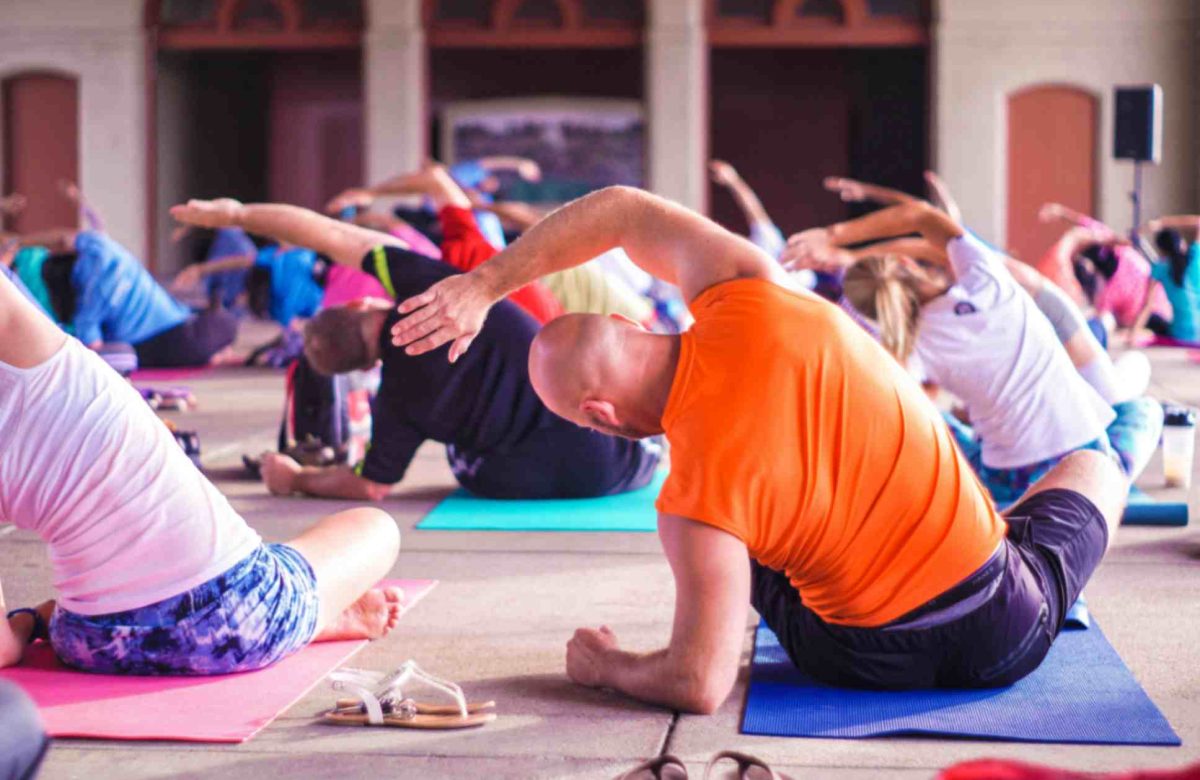How to Stay Active with Adaptive Exercises for Physical Limitations

Physical limitations can often pose challenges when it comes to staying active and maintaining a healthy lifestyle. However, the desire for movement, fitness, and overall well-being remains constant, regardless of any physical challenges we might face. Adaptive exercises offer a path to stay active, improve mobility, and enhance our quality of life, regardless of our physical limitations. In this blog, we will explore the importance of adaptive exercises, delve into various ways to tailor workouts to individual needs and provide practical tips to help you embark on a journey of movement and empowerment.
Understanding Adaptive Exercises
Adaptive exercises are specifically designed movements that accommodate a range of physical limitations, including mobility issues, chronic conditions, injuries, or disabilities. The essence of adaptive exercises lies in their flexibility and personalized approach, allowing individuals to engage in physical activities that suit their unique capabilities and goals. These exercises prioritize safety, functionality, and the gradual improvement of physical abilities.
The Importance of Staying Active
Staying active, even with physical limitations, offers a multitude of benefits that extend beyond physical health:
- Improved Mobility: Adaptive exercises help enhance joint flexibility, range of motion, and overall mobility, leading to better functional abilities.
- Mental Well-Being: Engaging in movement releases endorphins, reducing stress, anxiety, and depression, and promoting positive mental health.
- Enhanced Quality of Life: Regular movement helps maintain independence, enabling individuals to perform daily tasks with greater ease.
- Cardiovascular Health: Adaptive exercises that focus on gentle cardio activities improve heart health and circulation.
- Bone Health: Weight-bearing and resistance exercises strengthen bones, reducing the risk of osteoporosis.
- Social Connection: Participating in adaptive fitness classes can foster a sense of community, reducing feelings of isolation.
Read More : How to Boost Your Brain Health with Cognitive Training
Adapting Exercises for Physical Limitations
- Consult a Professional: Before starting any exercise regimen, consult a healthcare professional or a certified adaptive fitness trainer. They can help tailor exercises to your specific needs.
- Focus on Functional Movements: Prioritize exercises that mimic everyday movements, such as reaching, bending, and lifting, to improve daily functionality.
- Start Slowly: Begin with low-impact, gentle exercises and gradually increase intensity as your strength and confidence grow.
- Choose Suitable Activities: Consider activities like water aerobics, seated yoga, or chair-based strength training that are kind to the joints. Improve Your Flexibility with Yoga Props.
- Listen to Your Body: Pay attention to how your body responds to different movements. If an exercise causes pain or discomfort, adjust or avoid it.
- Modify Intensity: Adapt the intensity and range of motion of exercises to match your comfort level and physical abilities.
- Incorporate Balance Training: Include exercises that improve balance and stability to reduce the risk of falls.
- Use Assistive Devices: If necessary, use assistive devices such as resistance bands, stability balls, or walking aids to facilitate exercises.
- Seek Guidance: Consider joining adaptive fitness classes led by certified instructors who specialize in working with individuals with physical limitations.
- Stay Consistent: Consistency is key to progress. Aim for regular exercise sessions, even if they are shorter in duration.
10 Practical Tips for Adaptive Exercises
- Seated Cardio: Engage in seated exercises like seated marching, seated cycling, or seated leg lifts to elevate your heart rate.
- Chair Yoga: Participate in chair yoga sessions that focus on gentle stretches, deep breathing, and relaxation techniques.
- Resistance Band Workouts: Utilize resistance bands for strength training. These bands provide resistance without requiring heavy weights.
- Wall Push-Ups: Perform wall push-ups to build upper body strength. Adjust your body angle to make the exercise easier or more challenging.
- Tai Chi for Balance: Tai Chi emphasizes slow, flowing movements that enhance balance and coordination.
- Pool Workouts: Water provides buoyancy, making pool workouts a low-impact option for building strength and endurance.
- Wheelchair Aerobics: Engage in aerobic exercises while seated in a wheelchair, such as wheelchair dancing or arm cycling.
- Adapted Stretching: Explore gentle stretches that target specific muscle groups to improve flexibility and reduce stiffness.
- Mindful Walking: If walking is feasible, practice mindful walking by focusing on your gait, breath, and the environment around you.
- Breathing Exercises: Incorporate deep breathing exercises to reduce stress and promote relaxation.
Conclusion
Adaptive exercises are a testament to the human spirit’s capacity to adapt, overcome, and thrive. They serve as a pathway for individuals with physical limitations to engage in movement, improve their well-being, and cultivate a sense of empowerment. Regardless of the challenges one may face, the power of movement remains within reach, awaiting the embrace of tailored and mindful exercises.
By seeking guidance from professionals, exploring a variety of adaptive exercises, and remaining consistent in your efforts, you can create a personalized fitness routine that celebrates your unique abilities. Remember that progress is a journey, and each step you take toward enhancing your physical well-being contributes to an improved quality of life and a deep sense of accomplishment. Through adaptive exercises, movement becomes not just a physical endeavor, but a journey of resilience, self-discovery, and empowerment.




